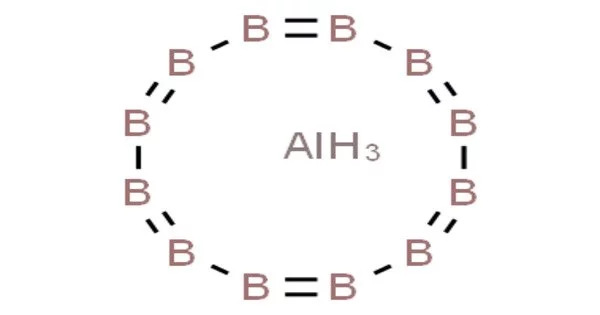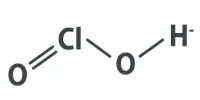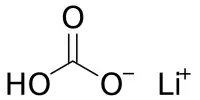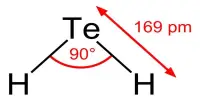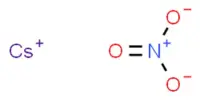Aluminium dodecaboride (AlB12) is a compound of aluminum and boron. It is a superhard chemical compound with 17% aluminium content by weight. It is a solid, metallic substance that has a high melting point and good thermal stability. It is the hardest boride of the aluminium-boron system, which also includes AlB10, AlB4, AlB2 and AlB. It is also a good electrical conductor and has a high hardness, making it a useful material in various industrial applications.
It is known for its unique combination of physical and chemical properties, including its high melting point (2450°C), high hardness, low electrical resistivity, and high chemical stability.
Properties
There are two crystalline forms, α-AlB12, and γ-AlB12. Both forms are very similar and consist of a framework with three-dimensional networks of B12 and B20 units. The phase β-AlB12 is now believed to be the ternary boride C2Al3B48. It is a refractory metal boride with a metallic silver color and high thermal and electrical conductivity.
- Chemical formula: AlB12
- Molar mass: 156.714 g/mol
- Appearance: Yellow to black solid
- Density: 2.55 g/cm3
- Melting point: 2,070 °C (3,760 °F; 2,340 K)
- Solubility in water: insoluble
- Solubility: soluble in hot nitric acid (decomposes), soluble in nitric acid (decomposes), soluble in sulfuric acid (decomposes)
Preparation
The β-form can be prepared by the reaction of boron(III) oxide with sulfur and aluminum, then adding carbon to the mixture. Due to its unique properties and potential applications, aluminum dodecaboride has been the subject of much research in recent years, and scientists continue to investigate new ways to utilize this material in various fields.
Due to its high thermal and electrical conductivity, AlB12 has been studied for potential use in high-temperature electronics, thermoelectric materials, and catalysts. Additionally, it has been investigated for use as a high-temperature material for aerospace and defense applications, as well as for use in the production of boron-containing ceramics and composites.
Uses
The extreme hardness of AlB12 makes it a favorable component of PCBN inserts, which are mainly used in cutting and grinding to replace diamond or corundum. It has been used as a component in electronic devices, particularly in the field of thermoelectric materials, where its high thermal stability and electrical conductivity make it useful for converting heat into electricity. It is also used as a hard coating material for various industrial applications, including cutting tools, molds, and dies.
